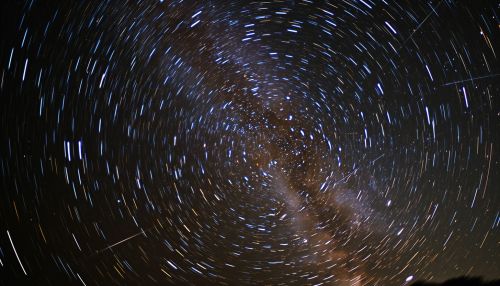Metallicity
Overview
Metallicity in astronomy refers to the proportion of an object's matter made up of chemical elements other than hydrogen and helium. Because stars, which comprise most of the visible matter in the universe, are composed mostly of hydrogen and helium, astronomers use the word "metals" as a convenient short form for "all elements except hydrogen and helium". Stars and nebulae with relatively high abundances of carbon, nitrogen, oxygen, and neon are termed "metal-rich" in astrophysical terms, even though those elements are non-metals in chemistry.


Measurement
The measurement of stellar metallicity, represented by the symbol [Fe/H], is based on the presence of spectral lines due to metals that are observable in a star. The metallicity of a star can influence the time the star takes to burn its fuel, and controls the formation of its magnetic fields, which affects the strength of its stellar wind. Other factors that can affect the metallicity include the temperature, mass, and luminosity of the star.
Metallicity and Stellar Evolution
The metallicity of a star can significantly affect its stellar evolution. Stars of higher metallicity tend to have more opaque atmospheres, which trap more heat and cause the stars to be larger, brighter, and cooler on the surface. On the other hand, stars of lower metallicity, being less opaque, are generally smaller, dimmer, and hotter at the surface.
Metallicity and Planet Formation
The metallicity of a star can also influence the likelihood of planet formation. Stars with higher metallicity are more likely to form planets, especially gas giant planets, than stars with lower metallicity. This is because metals condense into solid grains that can form the core of a planet, and the presence of more metals thus allows for more solid material to build up.
Metallicity Distribution in the Universe
The metallicity of stars in the universe varies widely, with older, population II stars tending to have lower metallicity than younger, population I stars. This is because the early universe was almost entirely composed of hydrogen and helium, with heavier elements synthesized in stars and spread throughout the universe via stellar winds and supernovae.
